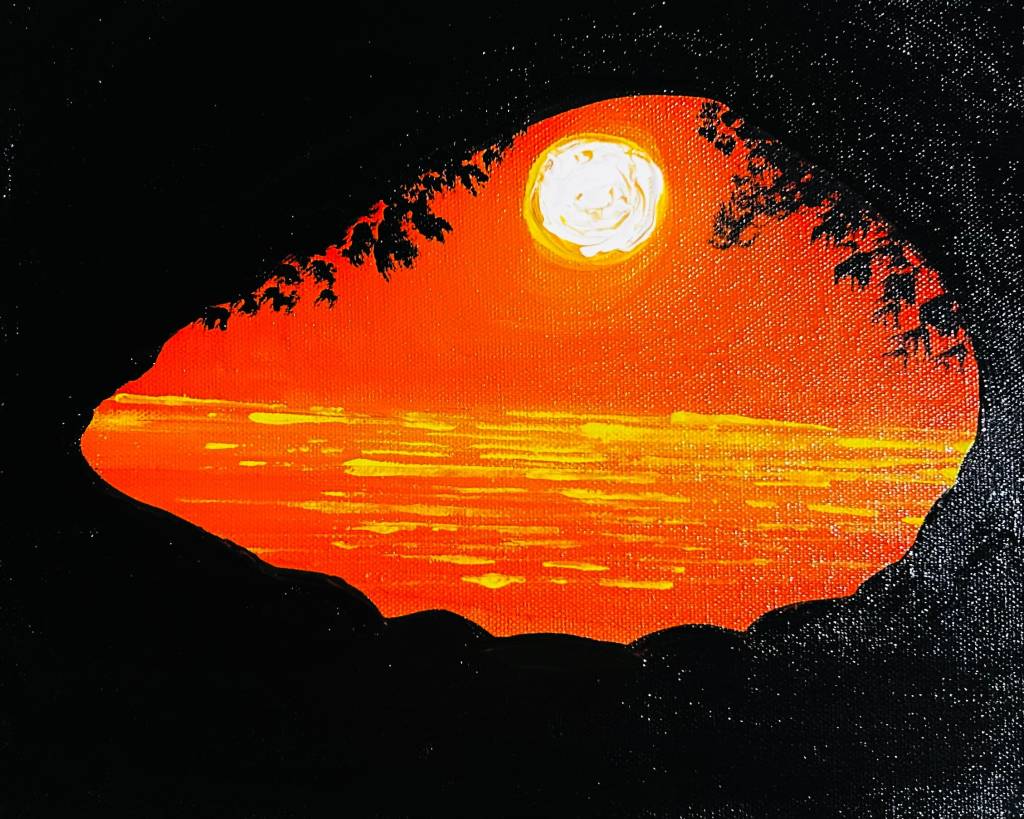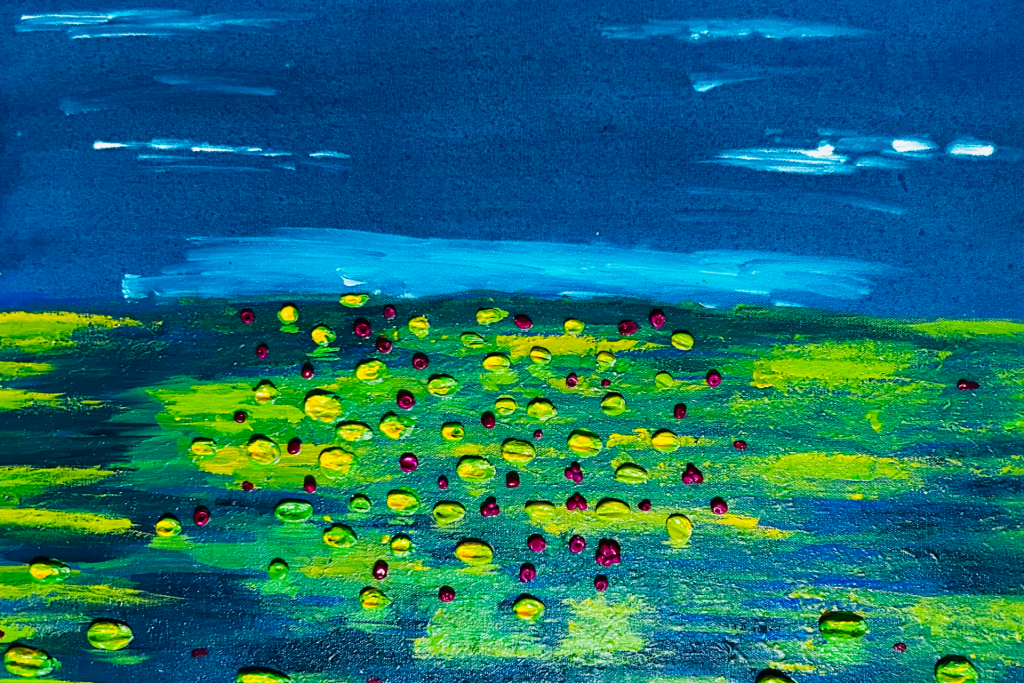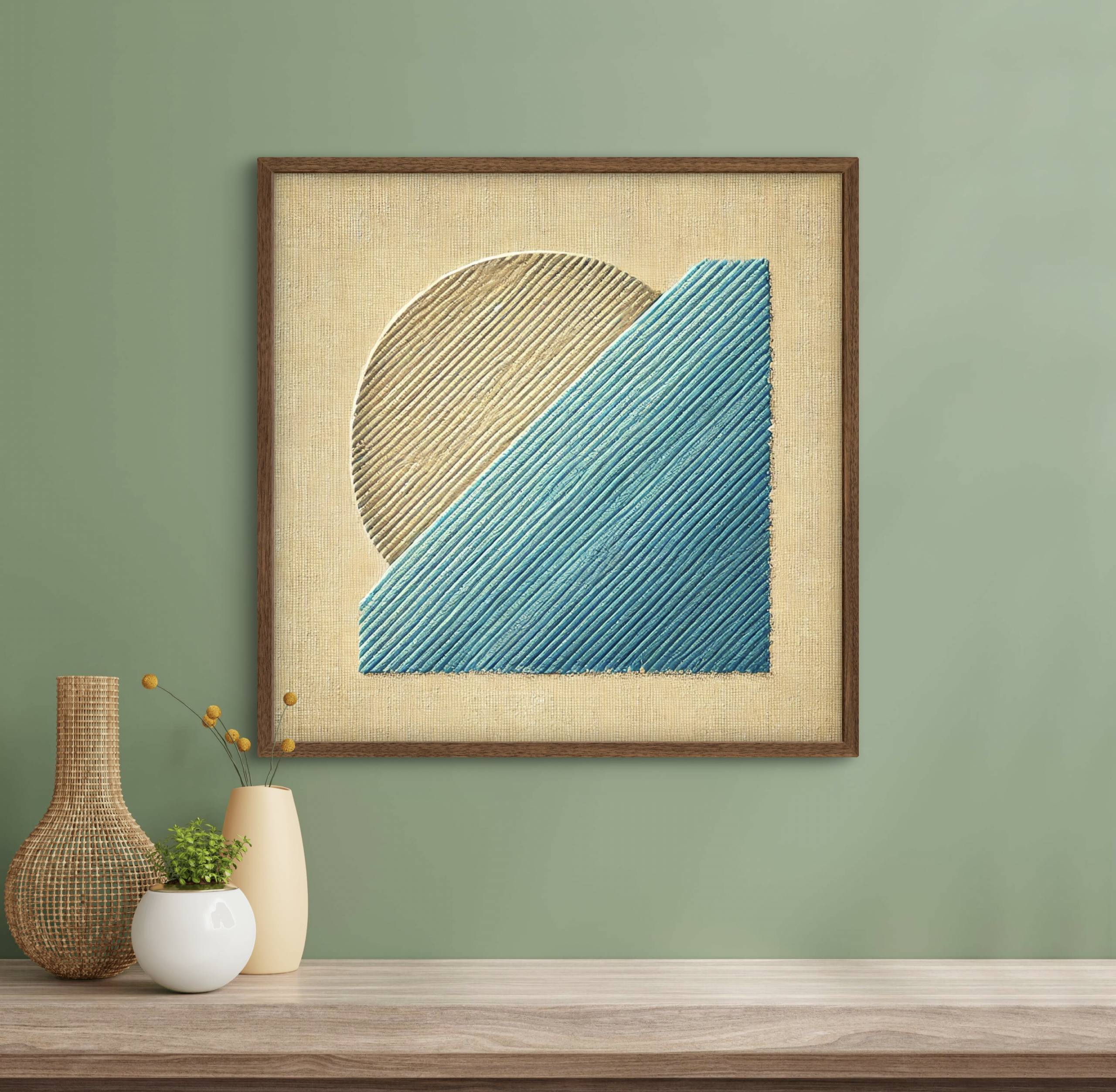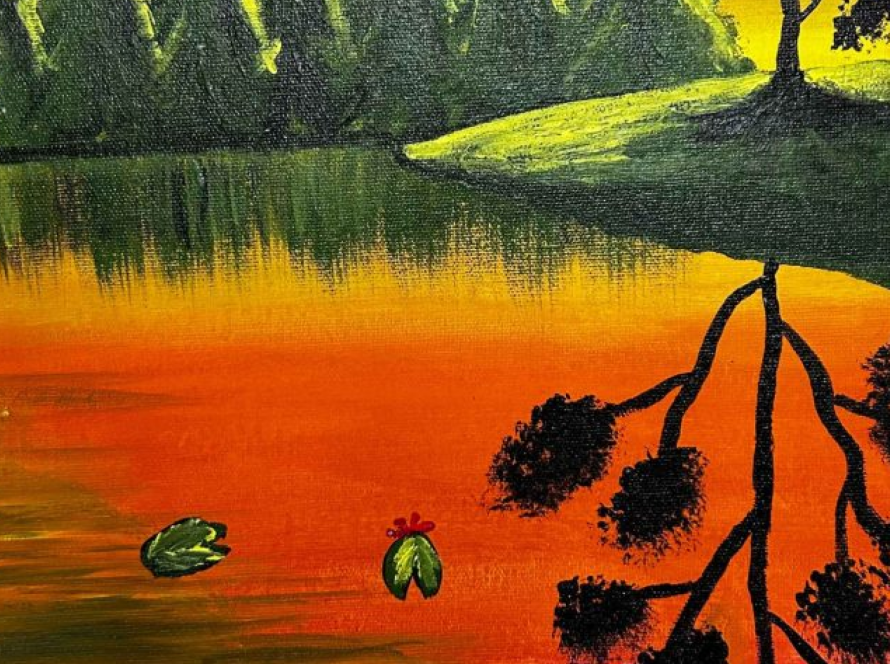Texture in art goes beyond just visual appeal—it adds depth, emotion, and a tangible sense of realism. Whether through thick brushstrokes, layered paints, or mixed media techniques, texture brings an artwork to life, making it more immersive and engaging. Artists use texture to create movement, evoke feelings, and highlight contrasts between rough and smooth, soft and bold.

Concept
In abstract and contemporary art, texture plays a crucial role in adding dimension and complexity. The way light interacts with a textured surface can change the appearance of a painting throughout the day, making it dynamic and ever-evolving. From impasto techniques in oil painting to fluid acrylics and mixed-media compositions, each textured element tells its own story.

Texture not only enhances the artwork itself but also influences the way viewers connect with it. A highly textured piece invites curiosity and engagement, encouraging one to experience art beyond sight—almost feeling it through imagination. Whether subtle or dramatic, the magic of texture transforms paintings into captivating masterpieces that leave a lasting impression.








